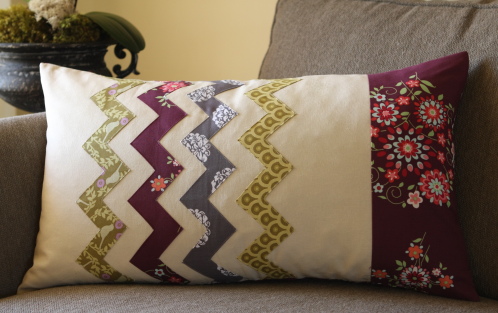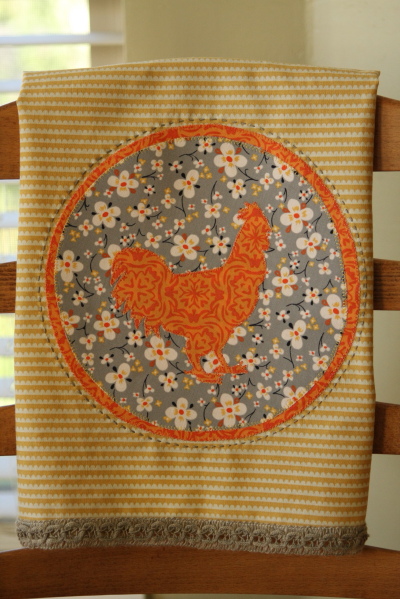Crazy for Zig Zags

I created this zig zag pillow tutorial for a guest post on Ucreate a while back, but I wanted to share it here as well. Not long ago, I was strolling through Anthropologie online and noticed a wonderful zig zag…

I created this zig zag pillow tutorial for a guest post on Ucreate a while back, but I wanted to share it here as well. Not long ago, I was strolling through Anthropologie online and noticed a wonderful zig zag…

Whenever a new season rolls around, I love to give my kitchen a lift by hanging up a new dishtowel. It’s a small thing, but it’s always a welcome change. When I spotted the Farmdale fabrics from Alexander Henry at…